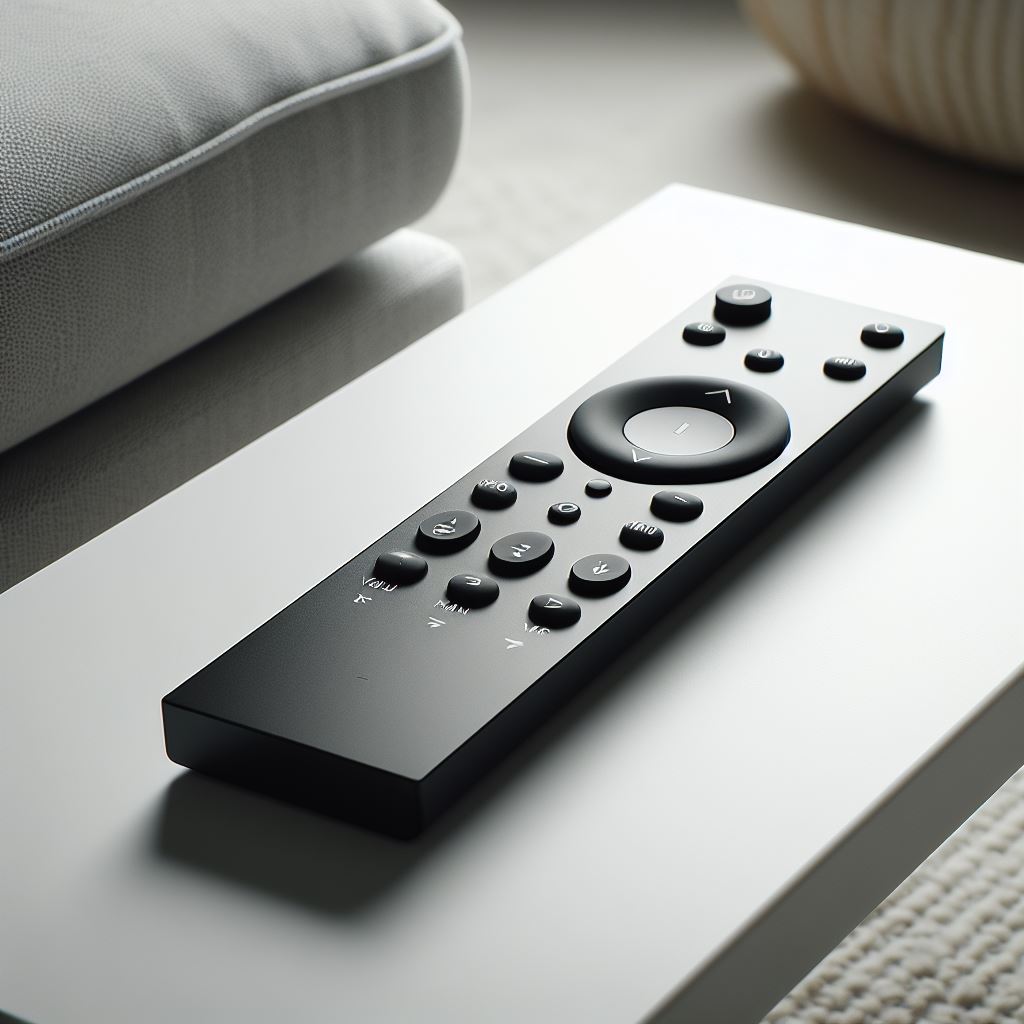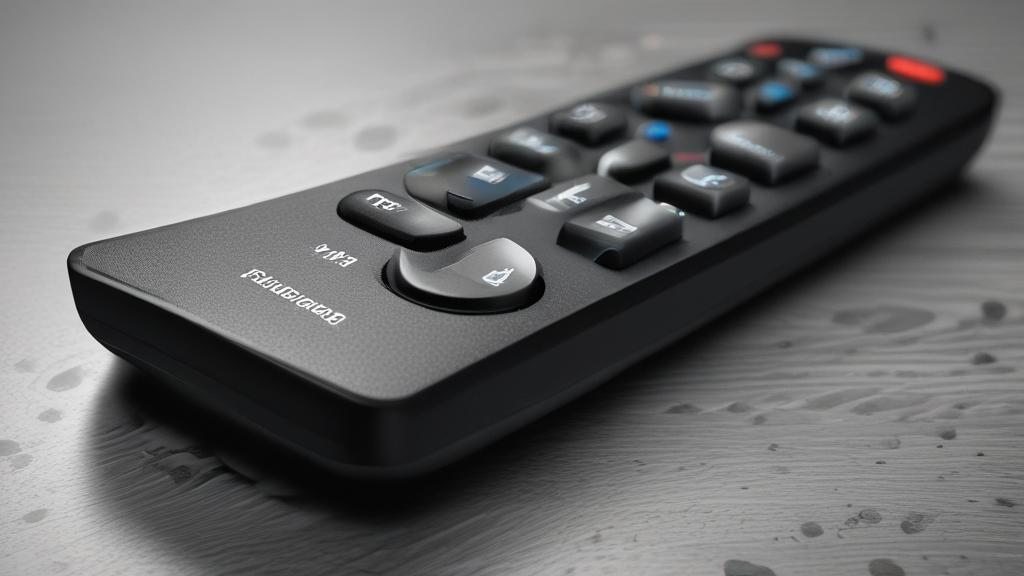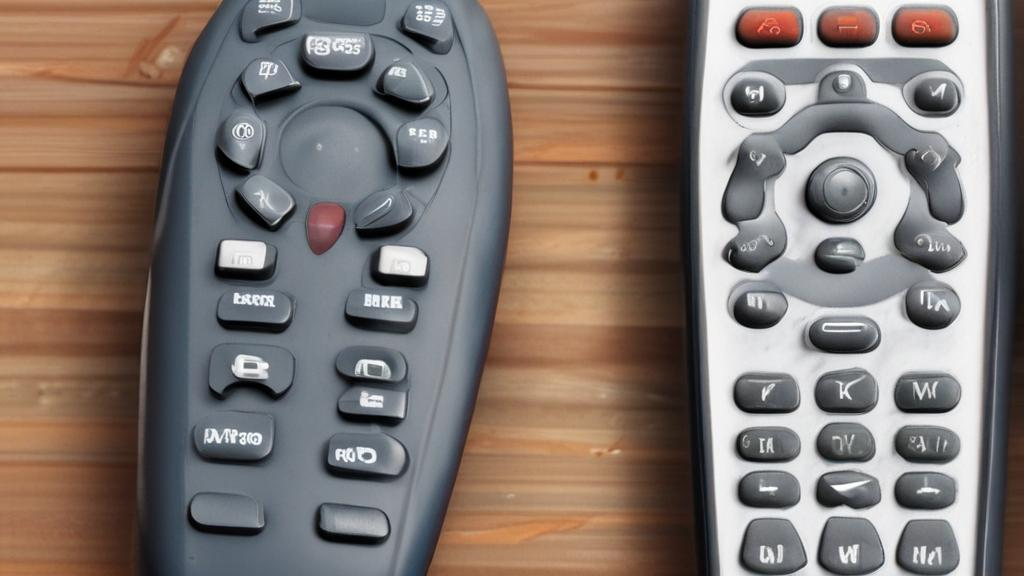The Role of MLCC in Remote Control

Remote controls have become an indispensable part of our daily lives, allowing us to effortlessly operate various electronic devices from a distance. From television sets to air conditioners, remote controls simplify our interactions with technology. However, behind their seemingly simple functionality lies a complex engineering design, where every component plays a crucial role in ensuring smooth operation.
In this blog post, we will delve into the world of remote controls, focusing specifically on the role of Multilayer Ceramic Capacitors (MLCCs) in enhancing their performance and reliability. We will explore how MLCC contributes to the functionality of remote controls and why they are an integral part of their design. Join us as we uncover the fascinating world of remote control technology and the vital role that MLCCs play in it.

Role of MLCCs in Remote Controls
Multilayer Ceramic Capacitors (MLCCs) are essential components in the design of remote controls, serving multiple critical functions that ensure their reliable and efficient operation. One of the primary roles of MLCCs in remote controls is to act as decoupling capacitors. These capacitors help to stabilize the voltage supply to the various components of the remote control, ensuring that they receive a consistent and clean power supply. This is particularly important in remote controls, where power fluctuations can lead to erratic behavior or failure of the device.
Another crucial function of MLCCs in remote controls is to filter out high-frequency noise from the power supply and signal lines. This noise can interfere with the proper operation of the remote control, leading to signal distortion or loss. By using MLCCs as filter capacitors, designers can effectively suppress this noise, ensuring that the signals transmitted by the remote control remain clear and reliable.
Additionally, MLCCs are used in the oscillator circuits of remote controls to ensure stable and accurate frequency generation. This is essential for the proper functioning of the remote control, as it determines the frequency at which the signals are transmitted and received. By using MLCCs with the right capacitance values, designers can achieve the desired frequency stability, ensuring that the remote control operates correctly.
MLCC Specifications for Remote Controls
When selecting Multilayer Ceramic Capacitors (MLCCs) for use in remote controls, several key specifications must be considered to ensure optimal performance and compatibility with the device’s design. Here are the main MLCC specifications to look out for:
Capacitance (C): The capacitance of an MLCC determines the amount of charge it can store. For remote controls, capacitance values typically range from a few picofarads (pF) to tens of microfarads (µF), depending on the specific application within the device.
Voltage Rating (V): The voltage rating of an MLCC indicates the maximum voltage it can withstand without breaking down. It is essential to select an MLCC with a voltage rating that exceeds the maximum voltage expected in the remote control circuit to prevent damage.
Temperature Coefficient (TC): The temperature coefficient of an MLCC refers to how its capacitance changes with temperature. For remote controls, MLCCs with a stable temperature coefficient are preferred to ensure consistent performance across a wide range of operating temperatures.
Size (Dimensions): The physical size of an MLCC is crucial, especially in small electronic devices like remote controls where space is limited. Smaller MLCCs are preferred for compact designs, but care must be taken to ensure they meet the capacitance and voltage requirements of the application.
Dielectric Material: MLCCs are available in different dielectric materials, such as X7R, X5R, and C0G. The choice of dielectric material depends on factors such as temperature stability, capacitance stability, and cost.
Tolerance: The capacitance tolerance of an MLCC indicates the range within which its actual capacitance value may vary from the specified value. Tighter tolerance MLCCs are preferred for applications where precise capacitance values are critical.
By carefully considering these specifications and selecting MLCCs that meet the requirements of the remote control design, designers can ensure reliable and efficient operation of the device while optimizing its performance.
Benefits of MLCCs in Remote Controls
Multilayer Ceramic Capacitors (MLCCs) offer several key benefits when used in the design of remote controls, making them a popular choice among electronics manufacturers. Here are some of the main advantages of using MLCCs in remote controls:
Miniaturization: MLCCs are available in small and compact sizes, allowing designers to save space and reduce the overall size of remote controls. This is especially beneficial for handheld and portable remote controls, where size and weight are critical factors.
High Capacitance: Despite their small size, MLCCs can offer high capacitance values, making them suitable for applications that require a large amount of charge storage in a small space. This helps to improve the performance and efficiency of remote controls.
Reliability: MLCCs are known for their high reliability and long lifespan, making them ideal for use in remote controls that are subjected to frequent use and handling. They can withstand temperature variations, mechanical stress, and other environmental factors, ensuring consistent performance over time.
Low Equivalent Series Resistance (ESR): MLCCs have a low ESR, which means they can quickly charge and discharge, making them ideal for filtering and decoupling applications in remote controls. This helps to improve signal quality and reduce interference.
Wide Operating Temperature Range: MLCCs can operate over a wide temperature range, making them suitable for use in remote controls that may be exposed to varying environmental conditions. They can maintain their performance and reliability even in extreme temperatures.
Cost-Effectiveness: Despite their advanced features and benefits, MLCCs are cost-effective compared to other types of capacitors, making them an attractive choice for manufacturers looking to reduce production costs without compromising on quality.

Design Considerations for MLCCs in Remote Controls
When designing remote controls, several key considerations must be taken into account to ensure the optimal performance and reliability of the device. Here are some important design considerations for incorporating Multilayer Ceramic Capacitors (MLCCs) into remote controls:
Capacitance Selection: Select MLCCs with appropriate capacitance values based on the specific requirements of the remote control circuit. Consider factors such as the power consumption of the device and the desired signal stability.
Voltage Rating: Choose MLCCs with voltage ratings that exceed the maximum voltage expected in the remote control circuit to prevent breakdown and ensure safety.
Temperature Stability: Select MLCCs with stable temperature coefficients to ensure consistent performance across a wide range of operating temperatures.
Size and Placement: Consider the physical size and placement of MLCCs in the remote control design to ensure they fit within the available space and do not interfere with other components.
ESR and Frequency Response: Choose MLCCs with low Equivalent Series Resistance (ESR) and a high frequency response for filtering and decoupling applications to ensure signal integrity and reduce noise.
Reliability and Lifespan: Select MLCCs from reputable manufacturers known for their reliability and long lifespan to ensure the durability of the remote control.
Compatibility with Other Components: Ensure that the selected MLCCs are compatible with other components in the remote control circuit to avoid compatibility issues and ensure optimal performance.
By carefully considering these design considerations and selecting MLCCs that meet the specific requirements of the remote control design, designers can ensure the reliable and efficient operation of the device while optimizing its performance.
Frequently Asked Questions (FAQs) about MLCCs in Remote Controls
1. What is an MLCC, and what role does it play in remote controls?
An MLCC, or Multilayer Ceramic Capacitor, is a type of capacitor used in remote controls to store and release electrical energy. It plays a crucial role in stabilizing voltage, filtering out noise, and ensuring proper signal transmission.
2. Why are MLCCs preferred for use in remote controls?
MLCCs are preferred for their small size, high capacitance values, and reliability. They can efficiently store and release energy, making them ideal for use in compact electronic devices like remote controls.
3. What are the key specifications to consider when selecting MLCCs for remote controls?
Key specifications to consider include capacitance, voltage rating, temperature coefficient, size, tolerance, and dielectric material. These specifications ensure that the MLCCs meet the specific requirements of the remote control circuit.
4. How do MLCCs contribute to the miniaturization of remote controls?
MLCCs are available in small and compact sizes while offering high capacitance values. This allows designers to reduce the overall size of remote controls without compromising on performance.
5. Can MLCCs withstand the temperature variations experienced in remote controls?
Yes, MLCCs are designed to operate over a wide temperature range. They can withstand temperature variations commonly experienced in remote controls, ensuring reliable performance.
6. Are there any specific design considerations for incorporating MLCCs into remote controls?
Yes, designers should consider factors such as capacitance selection, voltage rating, temperature stability, size, placement, ESR, frequency response, reliability, and compatibility with other components.
7. What are the benefits of using MLCCs in remote controls?
The benefits include miniaturization, high capacitance, reliability, low ESR, wide temperature range, and cost-effectiveness. These benefits contribute to the overall performance and efficiency of remote controls.
8. How do MLCC technology trends impact the design of remote controls?
MLCC technology trends, such as miniaturization, higher capacitance values, improved temperature stability, and reduced ESR, influence the design of remote controls by enabling smaller, more efficient, and reliable devices.
9. Can MLCCs improve the battery life of remote controls?
Yes, MLCCs can help improve the battery life of remote controls by stabilizing voltage, reducing noise, and improving signal transmission efficiency, leading to lower power consumption.
Conclusion
Multilayer Ceramic Capacitors (MLCCs) play a crucial role in the design and functionality of remote controls, offering numerous benefits that enhance their performance and reliability. By providing key functions such as voltage stabilization, noise filtering, and signal transmission, MLCCs contribute to the overall efficiency and user experience of remote controls.
As remote control technology continues to evolve, the demand for smaller, more efficient, and reliable devices is driving advancements in MLCC technology. Trends such as miniaturization, higher capacitance values, improved temperature stability, and reduced ESR are shaping the development of MLCCs for remote controls, ensuring that they meet the changing demands of the market.
Designers and manufacturers must carefully consider the specifications and design considerations when selecting and incorporating MLCCs into remote controls. By choosing the right MLCCs and implementing them effectively, designers can create remote controls that are not only compact and reliable but also offer superior performance and user satisfaction.
Overall, MLCCs are essential components in modern remote controls, enabling them to deliver seamless and efficient operation. As technology continues to advance, MLCCs will continue to play a vital role in shaping the future of remote control design and functionality.
